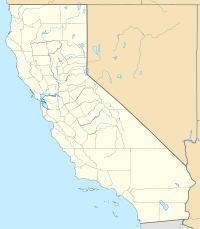June 23 – June 30
The Pawnee Fire was reported on June 23, 2018 around 5:21 p.m. on Pawnee Rd. and New Long Valley Rd. in Spring Valley in California, near Clearlake Oaks. [1] After further investigation, the fire was cited as being off Quail Trail. The fire is located on a ridge, making it hard to access for fire crews. [4] Driven by dry conditions, high temperatures and gusty winds, the fire grew to 2,500 acres (10 km2) overnight and had destroyed twelve structures, including ten homes. Mandatory evacuations were put in place for the Spring Valley community. [1]
By Sunday evening, the fire was described as "out of control" by Cal Fire and by the next morning, June 25, it had grown to 8,200 acres (33 km2) and had destroyed 10 more buildings. [1] [5] By the evening of June 25, the Pawnee Fire had expanded to 10,500 acres (42 km2), with five percent contained. Authorities closed select intersections along California State Route 20. [1] On June 26, additional road closures were put in place along Highway 20 and intersections off Brim Road. [1]
On June 30, the fire has burned 13,850 acres (56 km2) and is 73 percent contained. Mandatory evacuations remain in place for Double Eagle and evacuation advisories were put in place for numerous areas off Highway 20. [1]
July 1 – July 8
By July 1, the Pawnee Fire had grown to 14,500 acres (59 km2) and was 73 percent contained. The fire continued to threaten 50 buildings, with over 2,000 crews fighting the fire. Additional road closures were put in place. [1] The fire continue to grow - both in containment and size. Thus far, 22 buildings were destroyed and six` were damaged, with 50 remaining threatened entering into the Fourth of July week. One firefighter was reported injured. [6]
Late on July 8, the Pawnee Fire was fully contained, with the burn area totaling 15,185 acres (61 km2). [7]

